First on the agenda of our flying visit to Kia’s South Korean headquarters was a look around the enormous plant at Hwasung, an hour’s drive south from Seoul.
Built in the late 1980s, the facility covers 3.2 million square metres, with just over one million square metres of buildings.
There’s also a 2.5-mile high-speed test track and proving ground at the site, and a facility for putting together the knock-down kits which are shipped off to certain markets.
The plant is adjacent to the water where the Asanman Bay meets the sea. It is a heavily industrialised region, and a on a clear day it is possible to see a Hyundai Steel facility on the opposite side of the bay, about three miles away.
Hwasung is one of three production plants in Kia’s homeland, and 600,000 vehicles can be produced there each year. They’re destined for both the domestic market and export, with about 70 per cent of the cars built there exported to approximately 170 countries.
There are 15,000 employees working two shifts, and there are three production lines at the facility. The models produced there at the moment include the Sorento, Kia Optima, Cadenza, Cerrato and Barrego.
Most car plants follow similar tried-and-trusted processes, but I never fail to be impressed by the size and seemingly unstoppable energetic toil of them.
The journey begins in the press shop, where the panels and parts that will make up vehicle’s outer shell are formed from steel that comes coiled up much like a giant toilet roll. The steel is cleaned of impurities, cut to the necessary size and pressed into a mould to produce the panels. About one-third of the finished vehicle’s weight comes from the body shell.
The nine pressing machines in Kia’s factory can apply between 1000 and 3500 tonnes of pressure onto the panels. There are 500 steel pieces that make up the car, although some of the internal pieces are built by suppliers and transported to the factory. The panels are then stored until they are needed for the next stage of the build in the body shop.
Most of the processes in the body shop are robotised because they can be dangerous, difficult and extraordinarily repetitive. The welding of the panels is carried out by 280 robots. Each vehicle requires approximately 6000 spot welds, of which about 2000 are done in the factory and 4000 on the parts brought in from outside suppliers.
The body-in-white is then sent to the paint shop, after which the assembly shop begins to add the ancillaries and components. The whole assembly line is 2.5km in length and while on it about 25,000 components are fitted to the body. However, the number of actual production processes required to attach those bits numbers around 250, because many of the components arrive in part-built module form.
The assembly line features a mix of human activity and robotic precision. The floors of the conveyor belt along which the cars run are made from soft wood, rather than hard steel, to help protect workers backs and joints as they carry out repetitive tasks. Similarly, the production line itself rises and falls to cater for each worker’s height, to limit the amount of bending that’s required.
From the assembly line, the finished cars go through exhaustive pre-delivery inspections including checking the speedometer accuracy, headlights, brakes, driving performance, power output, exhaust gases and water leaks.
During our visit, an electronic scoreboard at the end of the assembly line told us that this line’s real-time output was 48.7 cars per hour. Across its three lines, Hwasung can churn out about 150 cars per hour.
A constant stream of car transporters (run by a company called Glovis, a Hyundai subsidiary) leaves Hwasung’s gates and drive eight miles down the road to the deep water port at Pyeongtaek, where the newly built vehicles are transported to their markets by sea.
Although Kia’s facility is situated right by the sea, it is built on reclaimed land and the tidal water surrounding it is too shallow for boats to dock.
One curious aspect we noticed on the way to the plant is a chain-link fence topped with barbed wire forming a significant barrier between the sea and the land. It is a subtle and usually unnoticed reminder that North Korea is only 70 miles up the coast.

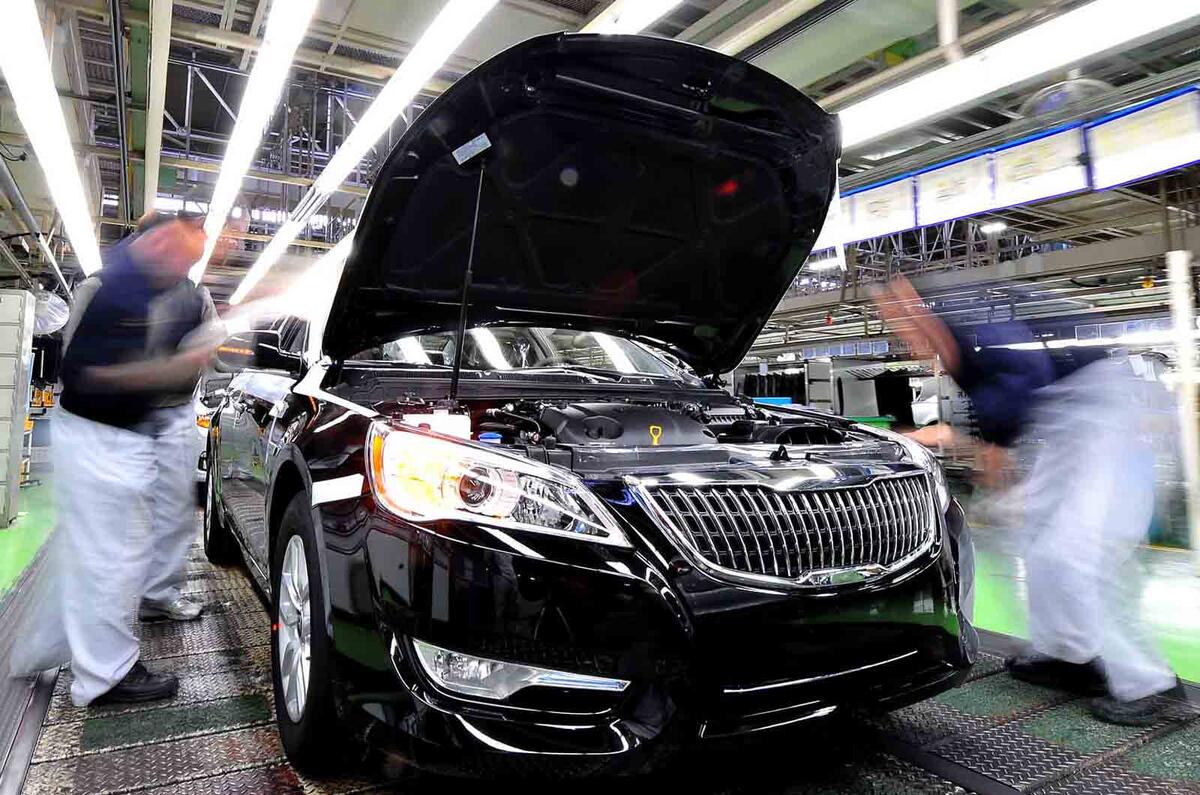
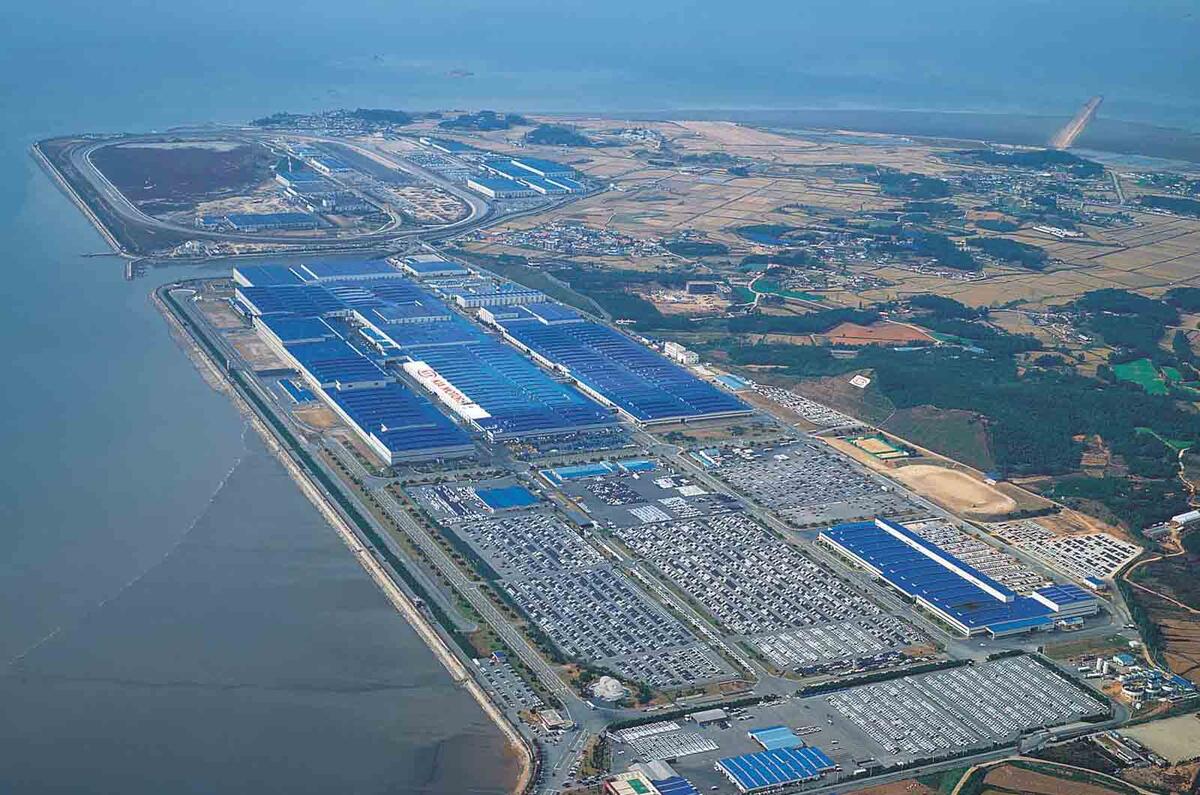

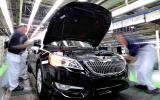
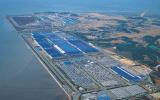
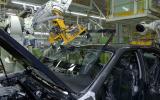


Join the debate
Add your comment
Up above the streets and houses...
Although Kia still has some work to do fleshing its range out with cars you actually want rather than need, I think the Soul could be described as interesting. Then again I think Rainbow was interesting so what do I know...
Do they make any
Do they make any 'interesting' cars there? If they do, could you ask them to send some to the UK instead of the boring stuff they expect us to buy